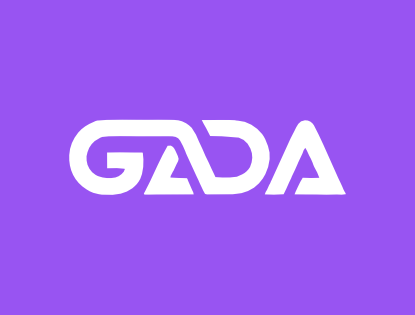Is Your Tomato Paste Really Made from Tomatoes?
By Israel Mensah Gothar – Good Living Ghana
Tomato paste is one of the most common ingredients in our kitchens — used in stews, soups, jollof, and more. But did you know that many of the tomato pastes sold on the market today contain very little actual tomato?
Instead, some brands are blending in: Wheat flour or corn starch
Refined sugar
Artificial coloring
Preservatives
The result? A thick red mixture that looks like tomato paste but lacks the nutritional value and purity of real tomatoes.
Why You Should Be Concerned
These adulterated pastes can: Raise blood sugar (because of hidden sugars)
Add empty calories (from starches)
Trigger inflammation or allergies (due to chemicals and dyes)
Deprive you of key nutrients like lycopene, vitamin C, and potassium
What’s worse — it’s often marketed as “pure tomato paste.”
What to Look Out For
Before you buy, read the label carefully. A quality tomato paste should list: Tomatoes
(Optional: salt)
No sugar, no flour, no starch, no coloring
If it includes anything else, it’s not the real deal.
Better still, prepare your own paste at home using fresh tomatoes — it’s healthier, safer, and more nutritious.
“Let’s stop being fooled by red coloring. Our kitchens deserve real food, and our bodies deserve real nutrition.”
Cc
By Israel Mensah Gothar – Good Living Ghana
Tomato paste is one of the most common ingredients in our kitchens — used in stews, soups, jollof, and more. But did you know that many of the tomato pastes sold on the market today contain very little actual tomato?
Instead, some brands are blending in: Wheat flour or corn starch
Refined sugar
Artificial coloring
Preservatives
The result? A thick red mixture that looks like tomato paste but lacks the nutritional value and purity of real tomatoes.
Why You Should Be Concerned
These adulterated pastes can: Raise blood sugar (because of hidden sugars)
Add empty calories (from starches)
Trigger inflammation or allergies (due to chemicals and dyes)
Deprive you of key nutrients like lycopene, vitamin C, and potassium
What’s worse — it’s often marketed as “pure tomato paste.”
What to Look Out For
Before you buy, read the label carefully. A quality tomato paste should list: Tomatoes
(Optional: salt)
No sugar, no flour, no starch, no coloring
If it includes anything else, it’s not the real deal.
Better still, prepare your own paste at home using fresh tomatoes — it’s healthier, safer, and more nutritious.
“Let’s stop being fooled by red coloring. Our kitchens deserve real food, and our bodies deserve real nutrition.”
Cc
🟥 Is Your Tomato Paste Really Made from Tomatoes?
By Israel Mensah Gothar – Good Living Ghana
Tomato paste is one of the most common ingredients in our kitchens — used in stews, soups, jollof, and more. But did you know that many of the tomato pastes sold on the market today contain very little actual tomato?
Instead, some brands are blending in: 🔸 Wheat flour or corn starch
🔸 Refined sugar
🔸 Artificial coloring
🔸 Preservatives
The result? A thick red mixture that looks like tomato paste but lacks the nutritional value and purity of real tomatoes.
⚠️ Why You Should Be Concerned
These adulterated pastes can: ❌ Raise blood sugar (because of hidden sugars)
❌ Add empty calories (from starches)
❌ Trigger inflammation or allergies (due to chemicals and dyes)
❌ Deprive you of key nutrients like lycopene, vitamin C, and potassium
What’s worse — it’s often marketed as “pure tomato paste.”
✅ What to Look Out For
Before you buy, read the label carefully. A quality tomato paste should list: ✔️ Tomatoes
✔️ (Optional: salt)
❌ No sugar, no flour, no starch, no coloring
If it includes anything else, it’s not the real deal.
Better still, prepare your own paste at home using fresh tomatoes — it’s healthier, safer, and more nutritious.
“Let’s stop being fooled by red coloring. Our kitchens deserve real food, and our bodies deserve real nutrition.”
Cc



